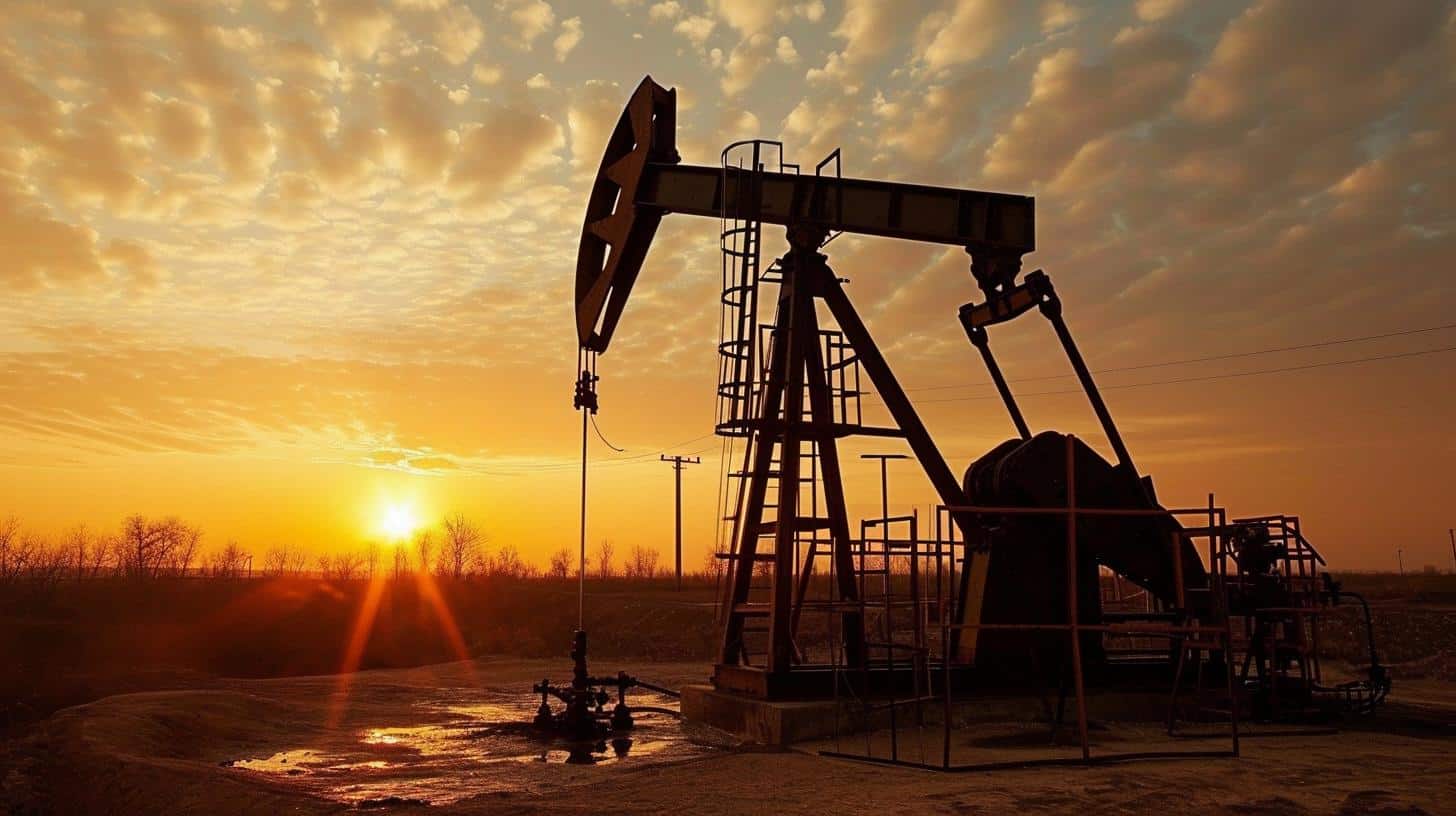The Impact of Climate Change on Global Agriculture
Climate change has emerged as one of the greatest challenges facing global agriculture. Rising temperatures, changing precipitation patterns, and extreme weather events are already disrupting agricultural systems worldwide. These changes pose a significant threat to food security, as they affect crop yields, livestock health, and overall production. Farmers are grappling with the unpredictability of the seasons, as traditional farming practices are no longer reliable guides. Innovative techniques and adaptation strategies are needed to mitigate the impacts of climate change and ensure a sustainable future for global agriculture.
Agricultural systems across the globe are showing visible signs of strain due to climate change. Increasing instances of heatwaves and droughts are jeopardizing crop yields, leading to food shortages and price hikes. Furthermore, changing rainfall patterns often result in heavy downpours and floods, causing soil erosion and nutrient runoff. Extreme weather events such as hurricanes and cyclones destroy infrastructure, livestock, and crops, leaving farming communities devastated. These challenges require inventive solutions and investment in research and development to develop climate-resistant crops and resilient farming techniques.
Examining the Rising Trends in Renewable Energy Adoption
The world is witnessing a notable increase in the adoption of renewable energy sources. With growing concerns about climate change and the depletion of fossil fuels, countries are turning towards sustainable alternatives such as solar, wind, and hydro power. Renewable energy not only helps reduce greenhouse gas emissions but also offers economic benefits and energy independence. Many nations are investing in large-scale renewable energy projects, making significant progress towards a cleaner and more sustainable future.
Solar power is one of the fastest-growing renewable energy sources, thanks to advancements in solar panel technology and decreasing costs. Countries with abundant sunlight resources have harnessed solar energy to generate electricity for homes, businesses, and industries. Wind power is another thriving sector, with the installation of wind turbines in open landscapes and offshore areas contributing to a clean energy transition. Hydroelectric power continues to be an important source for many countries, taking advantage of river systems and water reservoirs. These renewable energy sources provide a promising path forward in reducing reliance on fossil fuels and mitigating climate change.
Understanding the Importance of Sustainable Resource Management
Sustainable resource management is crucial for preserving the health of our fragile ecosystems and ensuring the availability of vital resources for future generations. From forests to marine environments, effective management practices are needed to balance resource extraction with long-term conservation objectives. Unsustainable practices, such as overfishing, deforestation, and excessive water usage, can lead to irreversible damage and the loss of biodiversity. Adopting sustainable approaches is necessary to maintain the delicate balance between human needs and ecological integrity.
Forests play a vital role in sustainable resource management, providing oxygen production, carbon sequestration, and habitat for countless species. However, deforestation for agriculture, logging, and urban expansion has led to forest degradation and habitat loss. Sustainable forestry practices, such as selective logging and reforestation efforts, can help mitigate these negative impacts and ensure the long-term viability of forests. Similarly, sustainable fishing practices, including catch limits and protected areas, are necessary to avoid the collapse of fish stocks and marine ecosystems. By embracing sustainable resource management, we can safeguard our environment and secure the resources we depend on.
Investigating the Role of Technology in Environmental Conservation
Technology has emerged as a powerful tool in environmental conservation efforts. From satellite imaging to artificial intelligence, innovative technologies are aiding scientists, conservationists, and policymakers in understanding and managing complex environmental issues. These technological advancements are crucial for monitoring biodiversity, detecting illegal activities, and developing conservation strategies. By harnessing the power of technology, we can enhance our conservation efforts and protect our vulnerable ecosystems more effectively.
Satellite imagery provides invaluable insights into the health of our planet. High-resolution images allow researchers to track deforestation, urban expansion, and changes in land cover over time. This data enables policymakers to make informed decisions and implement targeted conservation measures. Artificial intelligence algorithms have the potential to revolutionize the analysis of large environmental datasets, helping detect patterns and predict future trends. For example, AI can be used to identify rare species from camera trap images or analyze patterns of illegal wildlife trade. Technology is a game-changer in environmental conservation, providing us with the tools to safeguard our natural heritage.
Assessing the Economic Implications of Environmental Degradation
Environmental degradation not only poses risks to the planet and its ecosystems, but it also has significant economic implications. The depletion of natural resources, the loss of biodiversity, and the release of pollutants can harm industries and economies. For example, water pollution can render water sources unfit for drinking or irrigation, affecting agriculture, tourism, and public health. Economic losses due to extreme weather events, such as hurricanes and wildfires, can take years to recover from, impacting local businesses and communities. Understanding the economic consequences of environmental degradation is crucial for policymakers and businesses to develop effective strategies for sustainable development.
Investing in environmental conservation and sustainable practices can yield significant economic benefits. Conservation initiatives, such as protected areas and wildlife tourism, create employment opportunities and attract visitors, boosting local economies. Transitioning to a low-carbon economy and investing in renewable energy can drive innovation, create jobs, and reduce dependence on volatile fossil fuel markets. Furthermore, sustainable agriculture practices, like organic farming and agroforestry, can enhance soil fertility and reduce the need for chemical inputs, ultimately increasing long-term productivity and improving farmer incomes. By recognizing the economic costs of environmental degradation, societies can prioritize sustainable development and build resilient economies for the future.
Analyst comment
The market for innovative techniques and adaptation strategies to mitigate the impacts of climate change on global agriculture is expected to grow as farmers seek solutions to maintain food security. Investment in research and development for climate-resistant crops and resilient farming techniques will be essential for ensuring a sustainable future for agriculture.













